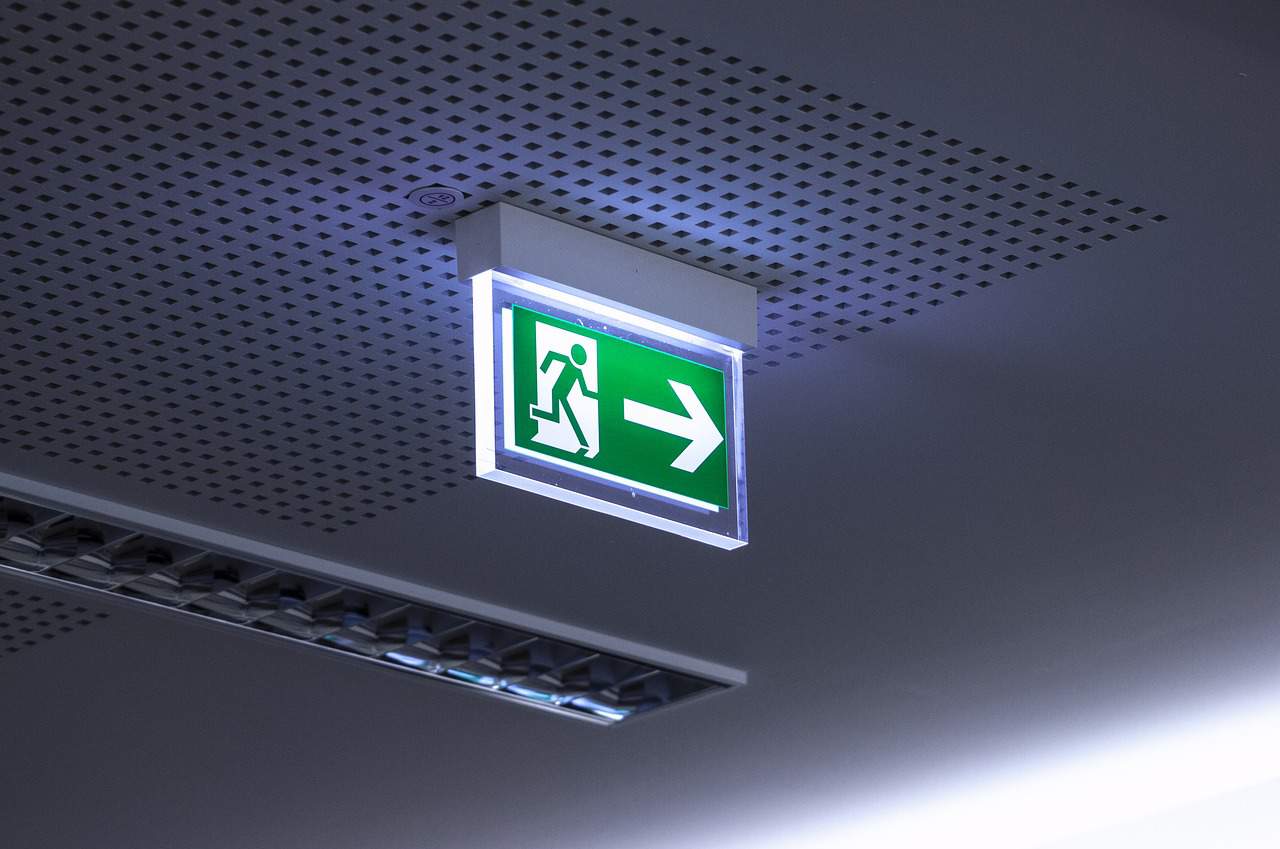In today’s world, it is more important than ever to be prepared for an emergency, crisis, or disaster situation. For those with mobility challenges, physical disabilities, or other impairments, it is crucial to develop a preparedness plan as soon as possible. Use these tips for your own plan- now!
National Preparedness Month in September is the perfect time to develop and craft your own personal preparedness plan, in the event of an emergency. The most important things that any individual can do is preparing for disasters and emergencies– which can occur without warning.
Begin constructing your own preparedness plan this year for National Preparedness Month and refer to available resources recommended by the CDC, as needed. When making your plans, do not forget about service and support for mobility aids and equipment, too.
Make your own preparedness plan- especially if you have mobility limitations. Here are some tips:
Start with a List
The best way to begin your preparedness is with a list. Who do you need to contact in case of an emergency? What account numbers, phone numbers, or other information might you need? Consider scenarios of being forced to ‘bug-out’ of your home versus being stuck and isolated in the home when making a list of goods, needs, and tasks that you will need to keep in mind.
It can be overwhelming. Keeping a preparedness notebook near your chair, desk, or in the car can help, too. That way you can add to your list as inspiration strikes.
Gather your Go-Kit
In case you must leave home during a disaster or crisis, have essentials packed up and ready to go. Depending on your distinct situation, this go-kit could include snacks, water, medications, pet supplies, a change of clothing, mobility aids, backup batteries, a flashlight, important documentation- or more. Keep this packed up in water-resistant bags that could be reused and repurposed as needed. Other good items for a go-kit? A thermal blanket, rain jacket, and first aid supplies are also worth keeping in your kit.
Stay in the Know
How will you stay in the know regarding weather conditions, hazards, or situations nearby? Sign up for emergency alerts on your cell, when applicable, and preplan an evacuation route from your home to be ready to leave if needed. Share this information with family, friends, and caregivers to ensure they can locate you later.
Consider What you Need
Everyone needs different things during an emergency; only you can assess your own individual needs during a crisis situation. For example, do you use mobility aids? Do you have support or therapy pets? This will also impact items that you should have on hand in case of an emergency.
If you can acquire a portable generator, this is a good investment for those living on their own. Depending on the nature of the crisis, it could take emergency personnel up to 72 hours to come to your aid. Consider this when evaluating and stocking up on the things that you need regularly.
Have a Stash at Home
Start stashing a few survival goods away every chance you get. Purchase extra canned foods, pet supplies, or first aid items every time that you shop. Think about how to get the most bang for your buck when it comes to stockpiling food resources; buying in bulk can be cost-efficient but only if you have room to store the food in a climate-controlled environment and if it is something that you would use.
Reach Out to your Network
Identify and reach out to your network of informal and formal supports if you are concerned about an emergency situation. If you have mobility challenges and would require assistance during these types of situations, talk to your supports about what to do in the event of an emergency. Give a reliable and trusted friend or neighbor a spare key for your home; keep your vehicle full of gas. Be as prepared as you can be.
The scariest thing can be the unknown; developing your emergency plan in conjunction with your support network can put your mind at ease.
Snap Pictures of your Documents
There are documents that you will want and need, particularly if you need to leave your home during an emergency. You may purchase a water-resistant container or safe for your original documents. You can also keep images online or saved to your computer’s desktop. Another great idea is to snap pictures of your documents with your phone for easy access as needed.
Some documents that you should snap a picture of include:
- Driver’s license
- Passport
- Prescriptions
- Banking info
- Credit cards
- Social security card
- Insurance cards
- Deeds, wills, bills of sale
- Medical records
- Birth certificates
- Immunization and vaccination record
These photos will not always be considered a viable substitute for the original but keeping a copy on your phone may help prevent loss and show proof in some instances- or serve until you can retrieve your original document.
Don’t wait for a crisis to begin your own preparedness plan- start now! For assistance, service, or support with mobility aids, reach out to the industry professionals at Pacific Mobility. Call or visit today!
President, Husband, Father, Grandfather Graduate of UC Davis- Bio Sci Major- Go Aggies! Jeff has extensive experience in all of Pacific Mobility’s products and services, and specializes in accessibility products as well as stairlifts, ceiling lifts and custom wheel chairs. His hobbies include spending time with family, gardening, mountain biking, exercising and off road motorcycle riding.
24 years as Owner/President of Pacific Mobility Center – selling, installing, and servicing stairlifts, porch lifts, ceiling lifts, pool lifts, handicap ramping, specialty wheelchairs, scooters, power wheel chairs, and other power mobility devices
Certified Environmental Access Consultant since 2008
Licensed General Contractor since 1998
Certified Aging in Place Specialist since 2016
Board Member for Home Access Professionals
Member of Association of Members of the Accessibility Equipment Industry (AEMA)




